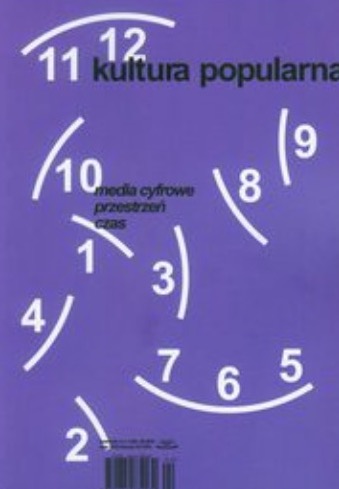Sieć objawień. O pewnym wymiarze e-folkloru religijnego
The Network of Revelations. About an aspect of e-religious folklore
Author(s): Piotr SiudaSubject(s): Anthropology, Customs / Folklore, Media studies, Civil Society, Communication studies, Cultural Anthropology / Ethnology, Theory of Communication, Crowd Psychology: Mass phenomena and political interactions, Social Informatics, Sociology of Religion
Published by: Szkoła Wyższa Psychologii Społecznej
Keywords: popular culture; e-folklore; religious folklore; revelation; e-visions; prophecy; mystical; apocalyptic;
Summary/Abstract: The article aims to characterise the phenomenon which is a manifestation of the Internet-based religious folklore – Internet accounts of revelations which have a clear spiritual base. Due to the connections of such e-visions with religion, in order to illustrate them it is key to describe the types of religious content occurring in cyberspace. Within it, four dimensions of spirituality may be distinguished, and the folklore depending on the occurrence of various e-revelations is to be assigned to two of them: the one concerning the account character of the Internet which, as a communication tool, allows the visionaries to reach a wide audience, and the one connected with the emergence of new religious phenomena on the Internet which are only quite lightly related to the big official religions such as Christianity, Islam, Buddhism, and other. Folklore is ‘people’s power’, therefore, in the case of its variety that consists in informing about one’s mystical experiences via the Internet, the superior role of any church authority figures is out of the question. The e-revelations are experienced by ‘amateurs’ and not by the representatives of the clergy or theologians, which locates the phenomenon in the sphere of the currently dominant selective (private) religiousness and the one which blurs all church hierarchies. The text presents numerous examples of e-places connected with visions, both the religious and the quasi-religious ones – they are shown, among other things, from the angle of the currently changing Marian revelations. For the author, an important exemplification of the discussed e-folklore are also all services on the apocalyptic prophecies – although they sometimes go beyond the strictly religious discourse (and they enter the pop-cultural one, for example), still the mystical experiences pertaining to the end of the world are always located within the sphere of spirituality. The end of the article offers several paths to be followed in further research on this part of e-folklore which are the religious visions.
Journal: Kultura Popularna
- Issue Year: 33/2012
- Issue No: 03
- Page Range: 96-109
- Page Count: 14
- Language: Polish

